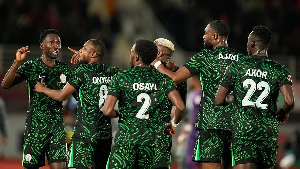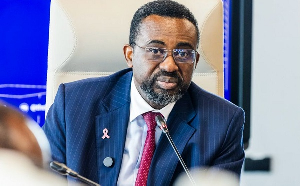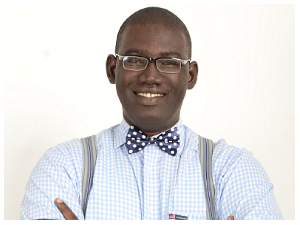Elderly rural women, supported by the UNDP Global Environment Facility Small Grant Programme, are electrifying off-grid communities in the Upper West region of Ghana.
Salamatu, Dakota, and Afia, all in their 60s live in Dupari and Zukpuri in the Upper West Region of Ghana. The women, popularly called the ‘solar grandmothers’, are the first solar engineers in their communities. They joined two other women to successfully electrify 150 households in their off-grid communities, and are championing a renewable energy revolution.
The ‘solar grandmothers’, five in five villages in the region, received training in Barefoot College in India, with support from the United Nations Development Programme (UNDP) through the Global Environment Facility Small Grant program (UNDP GEF-SGP). The Barefoot College trains rural women to install and maintain solar lighting and power in their villages.
Overcoming the odds:
Traditionally, Dupari, Zikpuri, and other communities without electricity in Ghana mostly use kerosene lanterns to light their homes.
“When they selected us to go to India, we were afraid because we have never travelled abroad before. Our biggest fear was that we only speak our local language and haven’t been to school, so going to school in another country sounded odd”, Dakota noted.
With the desire to light up their homes and communities, Dakota, Salamatu, and Afia took up the challenge to honour the confidence the communities reposed in them by selecting them.
They embarked on the “unknown” journey with the hope of exchanging darkness with light in return.
Leaving their region and country for the first time in their lifetime, the women joined other women from different countries at Barefoot College for a six-month practical training in applied solar technology. Given that they had no formal education, they were taught with sign language and color-coded circuits to build
solar-powered lamps and chargers and install solar power in their communities.
“Everyone is happy with us because we have connected several homes to electricity. It is such a great joy to have light, charge our phones, watch TV, and do other basic things with the power”, Salamatu stated.
Why older women solar engineers?:
The Sustainable Development Goal (SDG) 5 calls for gender equality and empowerment of all women and girls at all levels. In line with this, the UNDP GEF-SGP solar power initiative falls under a bigger forest conservation project.
This project prioritizes women's empowerment with different initiatives including women's dry season vegetable farming and shea butter processing.
Moreover, women are the focus of solar power projects that Barefoot College runs. They believe that men and young people are likely to migrate from their village in search of other opportunities after training. Older women, on the other hand, have their roots in the communities and mostly remain to serve.
“We have been installing solar power for houses who need it and maintain it.
Maintenance mostly requires a change of fuse or batteries”, Afia said.
The women have since imparted the knowledge, particularly to their children who support them with the installation.
"I trained my youngest son who used to help me but now he is going to school in the city. He supports when he comes for vacation”, Salamatu added.
Ghana’s electricity access rate per World Bank’s 2021 data, stands at 86.63 percent, with 74 percent of rural residents and 95 percent of urban residents connected to the electricity grid.
Though Ghana’s electricity access is said to be the highest in Sub-Saharan Africa, there is a need to bridge the remaining gap, particularly the rural-urban divide.
The success story of the ‘solar grandmothers’ is an inspiration and can be replicated. The use of solar energy in the communities is contributing to the reduction of fossil fuel use and pollution. It is estimated that about 3,000 litres of kerosene that were consumed monthly by the people have been replaced with solar lights. Not only is this healthier for the people in the communities
but also good for the planet.
Moreover, mobile phone usage has increased, and school children can learn in the evening with solar light. To lift out remaining communities living in the dark, public-private partnerships remain critical. This way, we can unlock more investments to ensure access to affordable, reliable, sustainable, and modern energy for all.
Regional News of Friday, 2 February 2024
Source: Praise Nutakor, Contributor













